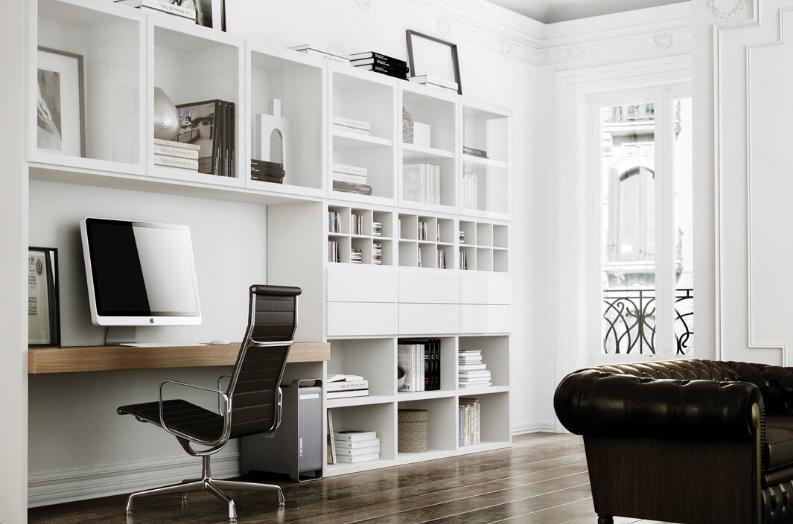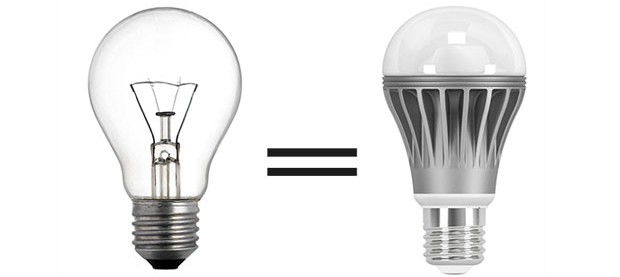Options for modern lighting in the apartment
Lighting in an apartment must meet a number of requirements, because it determines the comfort of stay in the room. And lighting standards differ from room to room, so you can't use the same indicators. It is necessary to be guided by the peculiarities in order to organize high-quality and comfortable lighting in the house or apartment.
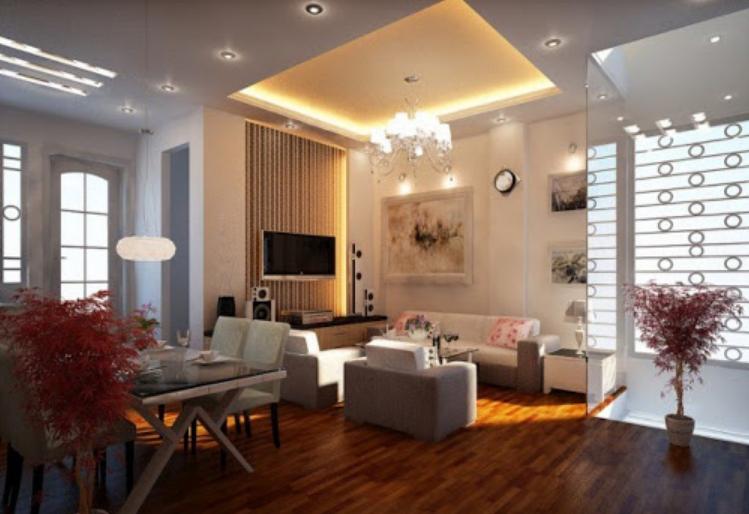
Features of the organization
Before dealing with fixtures and lamps, it is necessary to understand the types of lighting. Here everything is simple, as there are only two types:
- Natural lighting. - the most preferred option, as it provides an optimal atmosphere for vision and reduces the strain on the eyes. If possible, natural light should enter the room as long as possible, the minimum time can not be less than 2 hours, this is set by health regulations. This option is the most useful for human health.
- Artificial lighting - all fixtures and other equipment that allow you to maintain quality light at any time of day. It can be implemented in different ways, it all depends on the specific conditions.
Video: How to properly create interior lighting of the apartment.
Types of lighting
Before you choose equipment for the room and determine its characteristics, you should understand what varieties there are. Each of the types has features that should be taken into account:
- General Lighting in the room provides uniform light, which most often comes from the chandelier, located in the center of the room. It should be intense enough for a person to sit anywhere and still not create visual discomfort by direct or reflected radiation. The most commonly used lamps are diffused light or panels with LEDs.
- Local lighting is needed to highlight a particular part of the room or to create conditions for comfortable work, hobbies or reading. In this case, you can use sconces, spotlights and track systems in which you can arrange the plafonds and change their direction almost as desired.
- Decorative lighting. It can be as simple as beautiful lighting that makes the interior original, or lighting that highlights certain parts of the interior or focuses on paintings, sculptures, etc. There are no requirements for quality and brightness, but the aesthetic component and the effect of the lighting are taken into account.
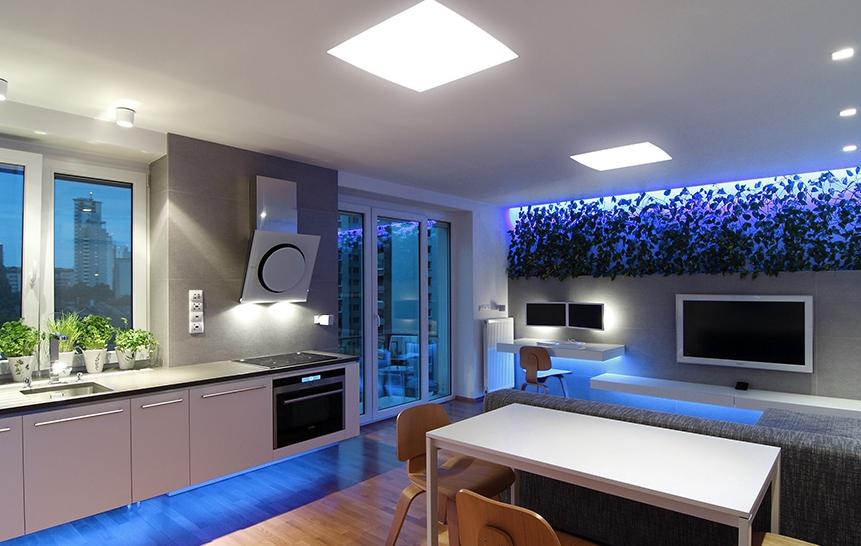
By the way! Most often in rooms combine different options to ensure the best effect.
Requirements depending on the room
Requirements are different for different rooms, so you need to figure this out in advance:
- For the living room it is worth selecting high-quality lighting, which, if necessary, can be adjusted. In this room guests are welcomed and gather together, so you can not save on the quality of the chandelier, it is better to choose designer options with flexible settings. It is also possible to highlight and separate zones, if necessary.
- In bedrooms is to create a comfortable atmosphere for relaxing, so there light is often dimmed. It is best to use chandeliers with diffusing plafonds, in addition to which are often put floor lamps Or hang sconces at the head of the bed to create a reading zone before going to bed. It may also be necessary to light the dressing table and the space in front of the closet.
- The requirements for children's rooms are particularly stringent, as a child's vision and the creation of a comfortable environment depend on it. Usually the rooms are illuminated with high-quality general light, and for the play areas and the desktop use additional light sources. There are also high safety requirements in this room.
- For the kitchen it is important to light the space rationally and divide it into functional areas. Most often there is a general light in the form of a chandelier, as well as separate elements on the work surface and in the dining area. Often decorative lighting of cabinets or kitchen equipment is also used.
- In hallways and corridors there are no special requirements for the quality of light. The main thing is to create a comfortable environment for putting on clothes and shoes. It may be necessary to additionally highlight the area near the mirror.
- Bathroom and bathroom are places where light must be bright. In this case, due to high humidity, the equipment is subjected to additional loads. General lighting is often unnecessary, using spotlights.
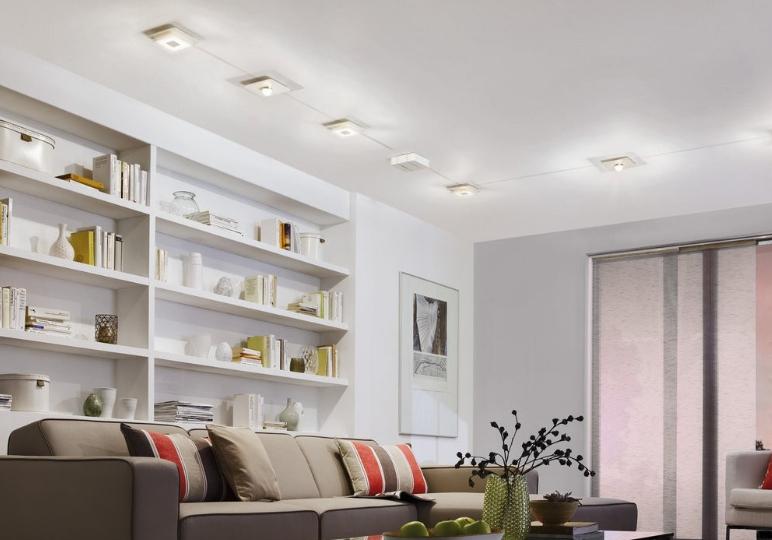
For all rooms with humidity fluctuations it is better to buy equipment with protection IP65 or higher.
Wattage standards
Light in the room must comply with a number of standards established in SNiP and SanPiN. And all indicators are measured at floor level with special equipment. Illumination is measured in lux, 1 Lux is the intensity of radiation in 1 lumen, distributed over an area of one square meter. Norms for different rooms are as follows:
- In a child's room - 200 lux per square meter. And it is important to spread out evenly light flux across the room.
- For the living room 150 lux is quite enough. But if there is a reading area, the figure is 300 lux.
- Study and library. 300 lux.For working areas the lighting requirements are the highest.
- For corridors, hallways, bathrooms and toilets the minimum value is 50 lux.
- Places for handicrafts, lesson preparation and other eye-intensive works should be better illuminated, the lx values are 400 - 500 lux.
- In the kitchen, it is a good idea to keep the light level in the range of 150 to 200 lux.
All standards are indicative, sometimes you need to increase the values to create a comfortable environment. Here you should proceed not from the prescribed values, but from the actual situation.
Calculating the number of luminaires
To provide the right level of illumination, it is worth selecting equipment depending on the design of the luminaire and Type of lamps used. Light output depends on the bulbs, it is individual for different light sources, so to calculate the number of elements you need to study the information from the table and with its help choose the optimal power.
Table power to luminous flux ratio (depends on the type of lamp used).
| Incandescent bulb, W | Fluorescent bulb, W | LED lamp, W | Luminous flux, Lm |
| 20 | 5-7 | 2-3 | 250 |
| 40 | 10-13 | 4-5 | 400 |
| 60 | 15-16 | 6-10 | 700 |
| 75 | 18-20 | 10-12 | 900 |
| 100 | 25-30 | 12-15 | 1200 |
| 150 | 40-50 | 18-20 | 1800 |
| 200 | 60-80 | 25-30 | 2500 |
Consider the standard for the room and multiply by the area of the room in square metres. For example, if the evening lighting should provide brightness of 200 lux, and the size of the room is 5x3 meters, you need to multiply the 200 by 15, you get a total of 3000 lux. On the basis of this and selected equipment.
To adjust the lighting depending on the time of day, you can use different modes of operation, or put a dimmer on the LED equipment. With this device, you can adjust the brightness so that it is ideal in the evening and in the daytime.
Ideas for modern apartment lighting
To ensure maximum efficiency and create a comfortable environment, it is worth using recommendations from experts:
- It is better to use LED bulbs., they are efficient and durable, their service life is 50,000 hours. Bright flicker-free lighting that consumes the least amount of energy - using 10 times less electricity than traditional incandescent bulbs.
- Take into account not only the brightness, but also the light temperature of the light sources. Warm gamma is suitable for areas of rest, where you need to relax and distract. The natural range provides accurate color rendering and is suitable for living rooms and other areas where you need good lighting. Cold light gives an invigorating effect, but can also cause stress, suitable for the work area in the kitchen.
- Give preference not to one powerful light source in the center, but several, which can be arranged as desired. It is possible not to connect a chandelier at all, this solution is often used in modern settings.
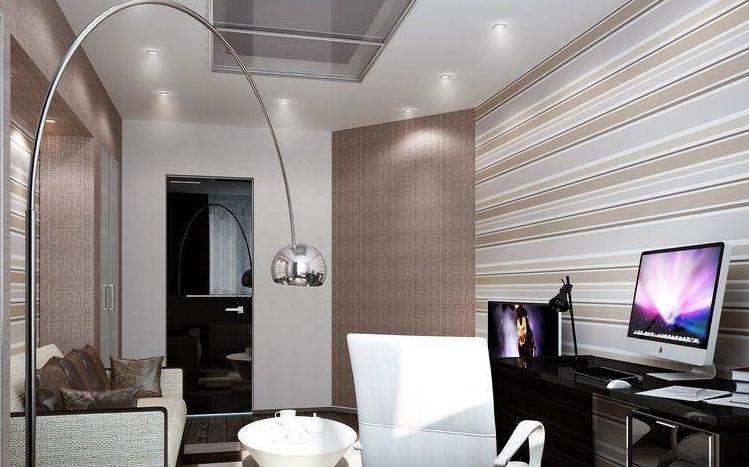
To avoid turning on equipment, you can install motion sensors where light is needed only occasionally.
Examples of lighting arrangements in different rooms
It all depends on the configuration of the room and the specifics of the wiring. Often you have to adjust to the existing conditions. Lighting design in the apartment is selected taking into account these recommendations:
- In the hallway, you can place just one row of spotlights in the middle. If it is wide, it is worth putting the equipment in two lines along the walls.
- For bathrooms and bathrooms, too, spot options are suitable, they can be both recessed and surface-mounted. The spacing is usually about a meter.
- In the kitchen, general lighting is done with a chandelier. Above the dining area it is easiest place one or more spotlights over the dining area. And to illuminate the work area, it is worth fixing a LED strip on the the bottom of the hinged cabinets..
- For the bedroom is suitable dim light, most often the system consists of a chandelier and local light sources in the right places. Here it all depends on the characteristics of the room.
- The living room needs bright, high-quality light, which can be provided by a chandelier with additional elements, as well as spotlights or general lighting.
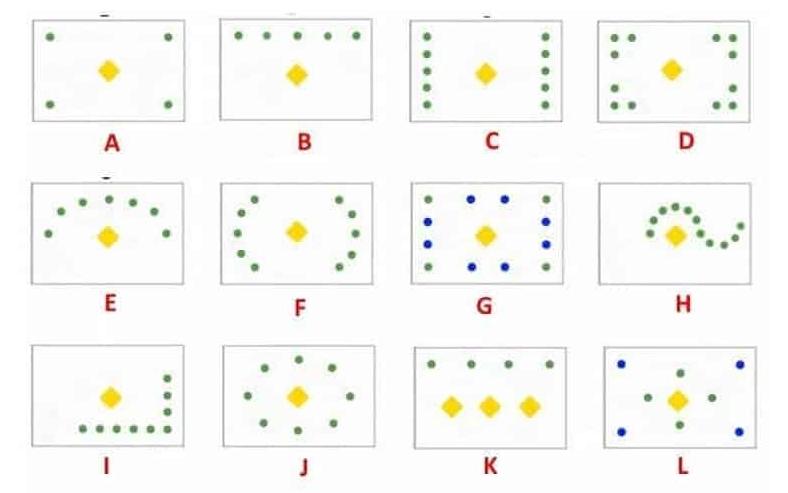
This video will talk about serious mistakes when planning lighting on your own.
To provide quality lighting - means to correctly calculate the indicators for each room and choose reliable and economical equipment. You should not save money, because more expensive LED lamps use the least amount of electricity and last a long time.
